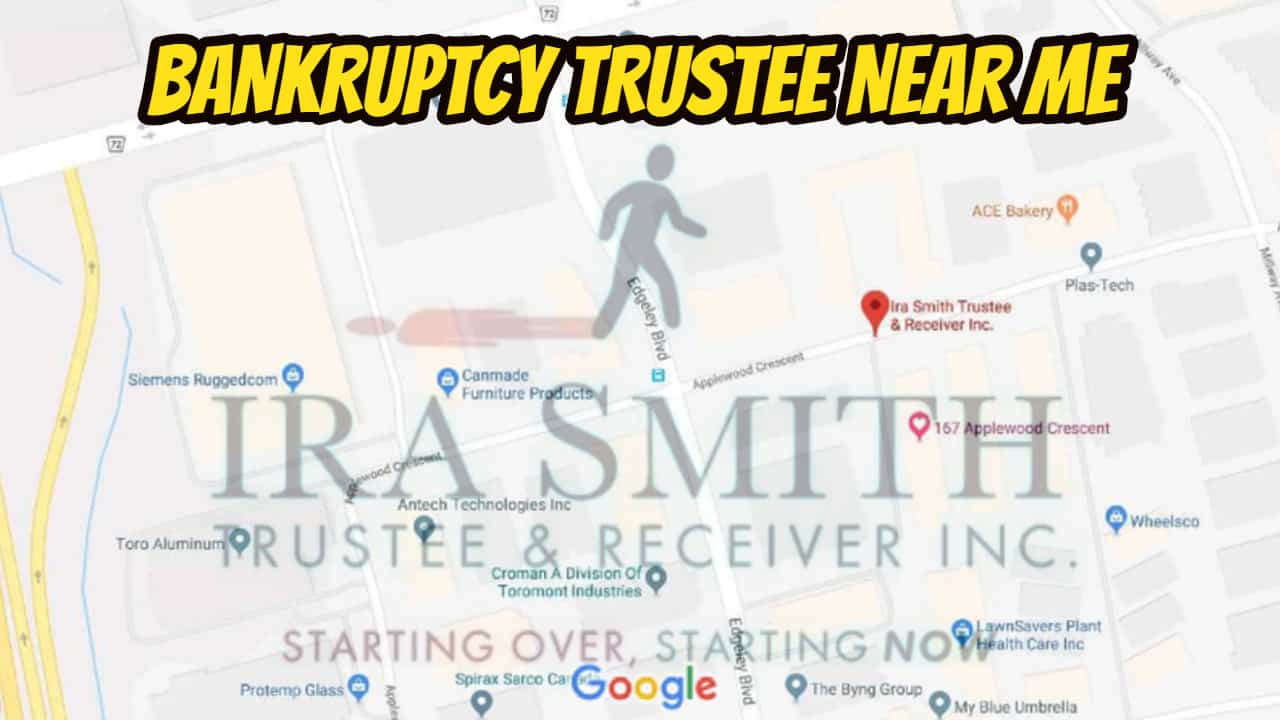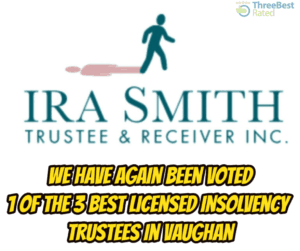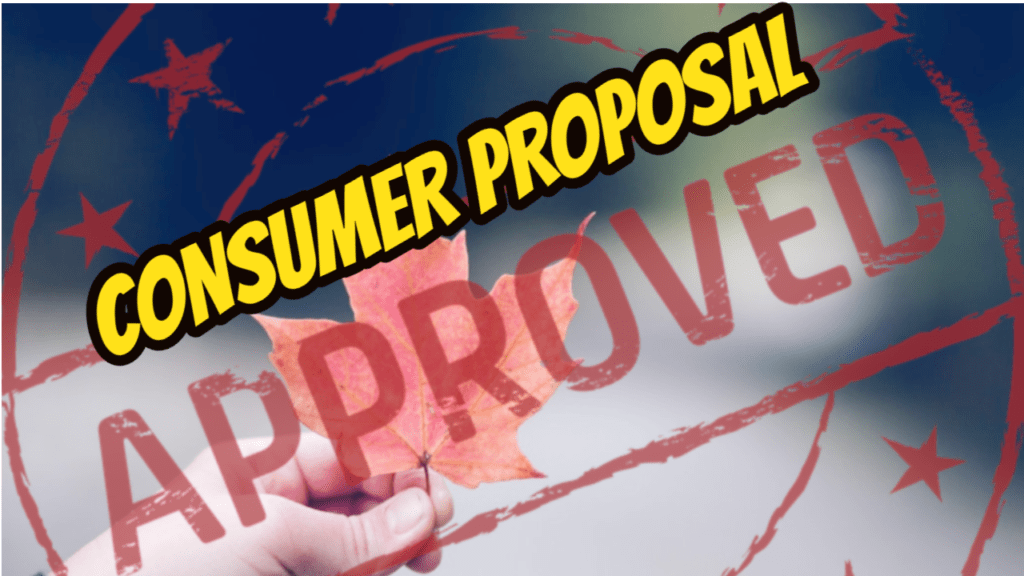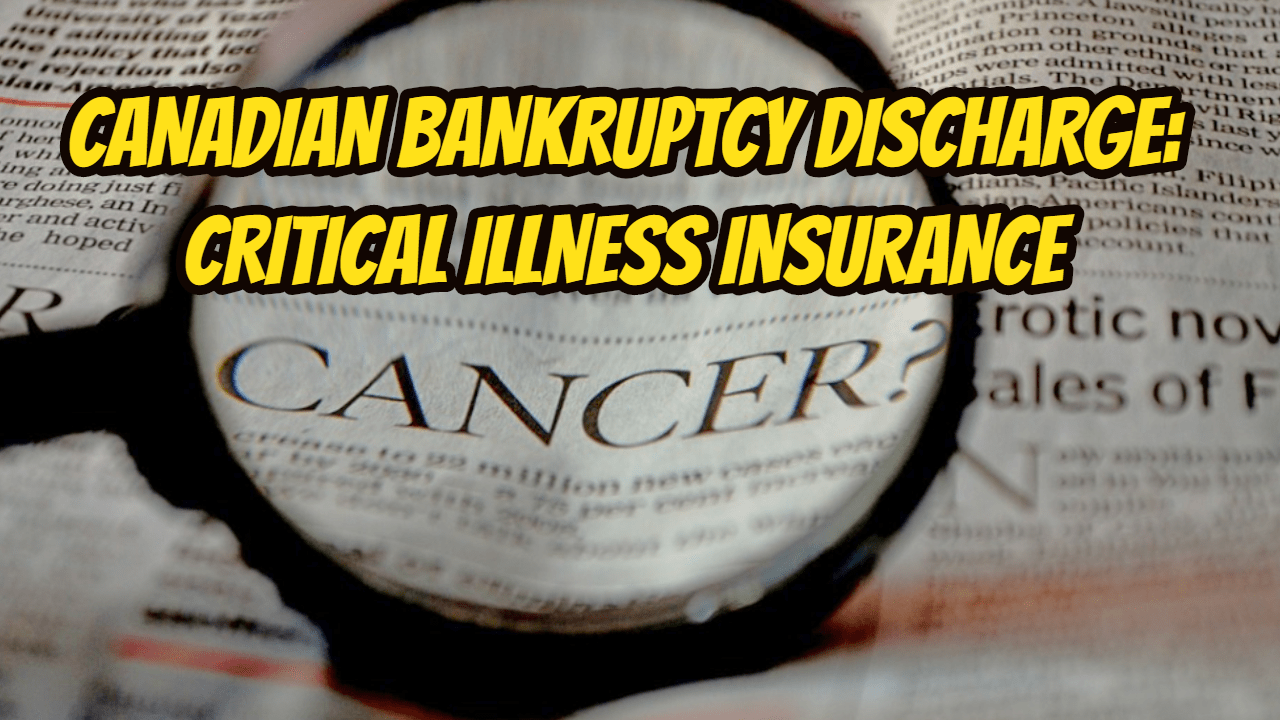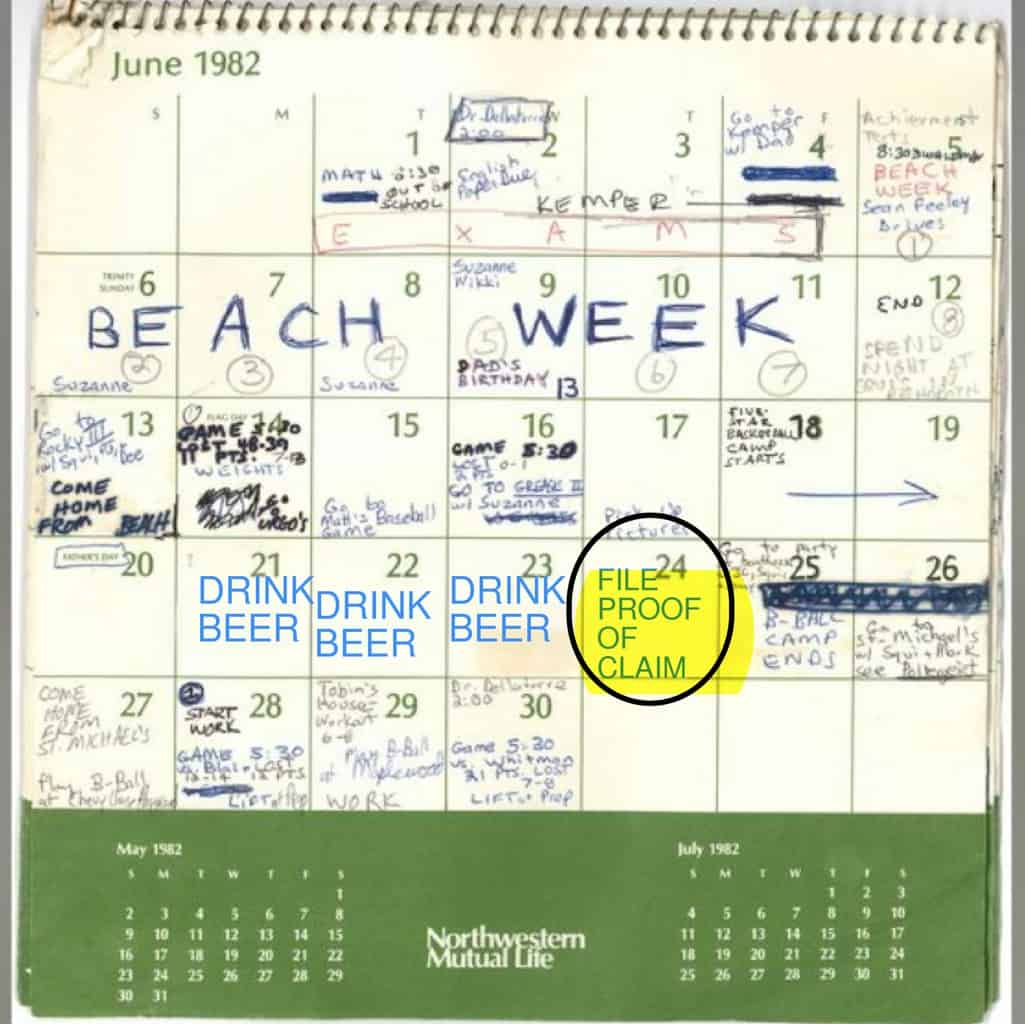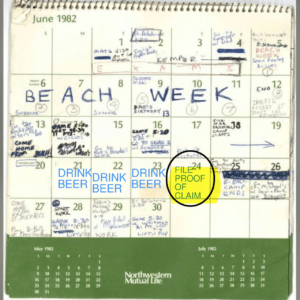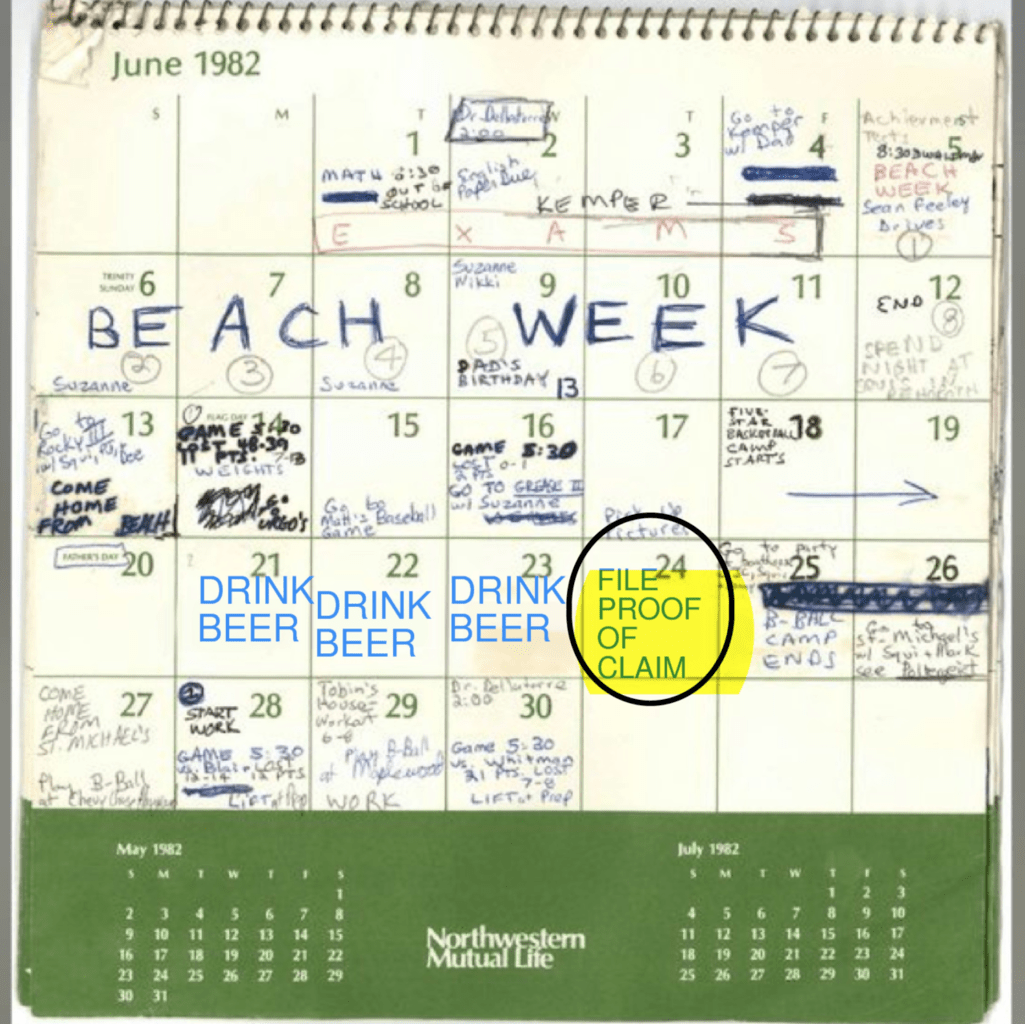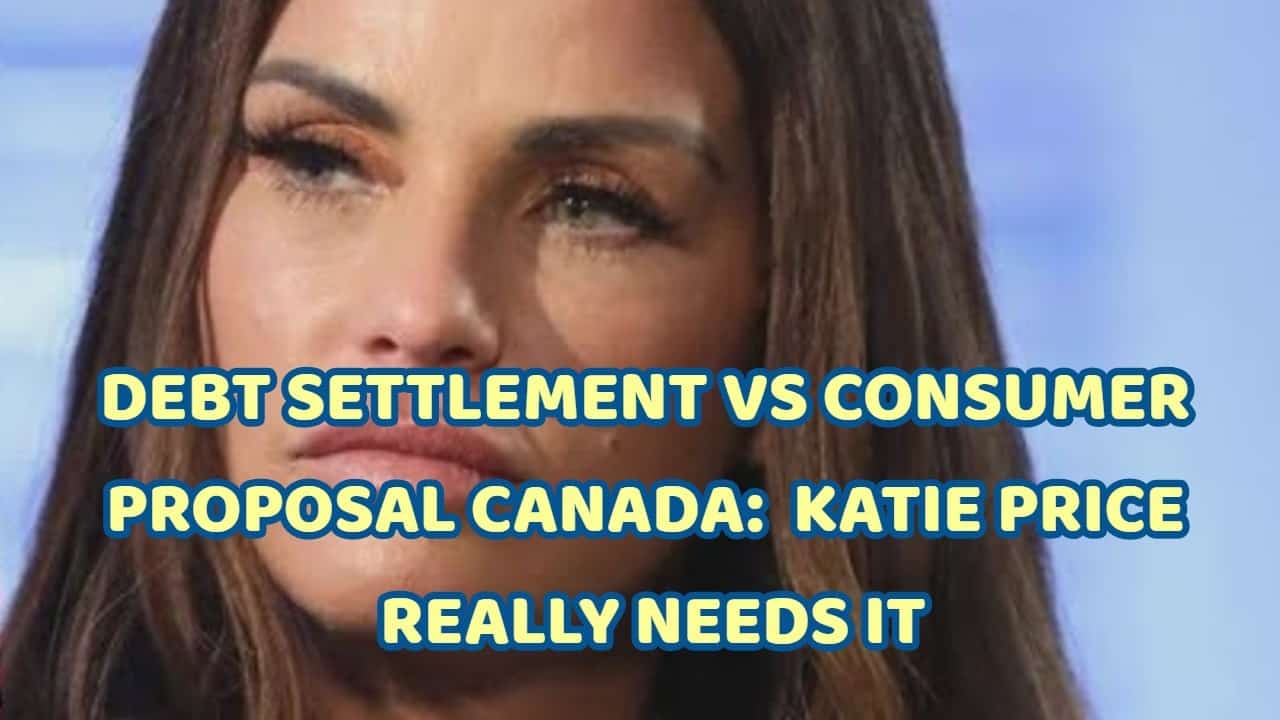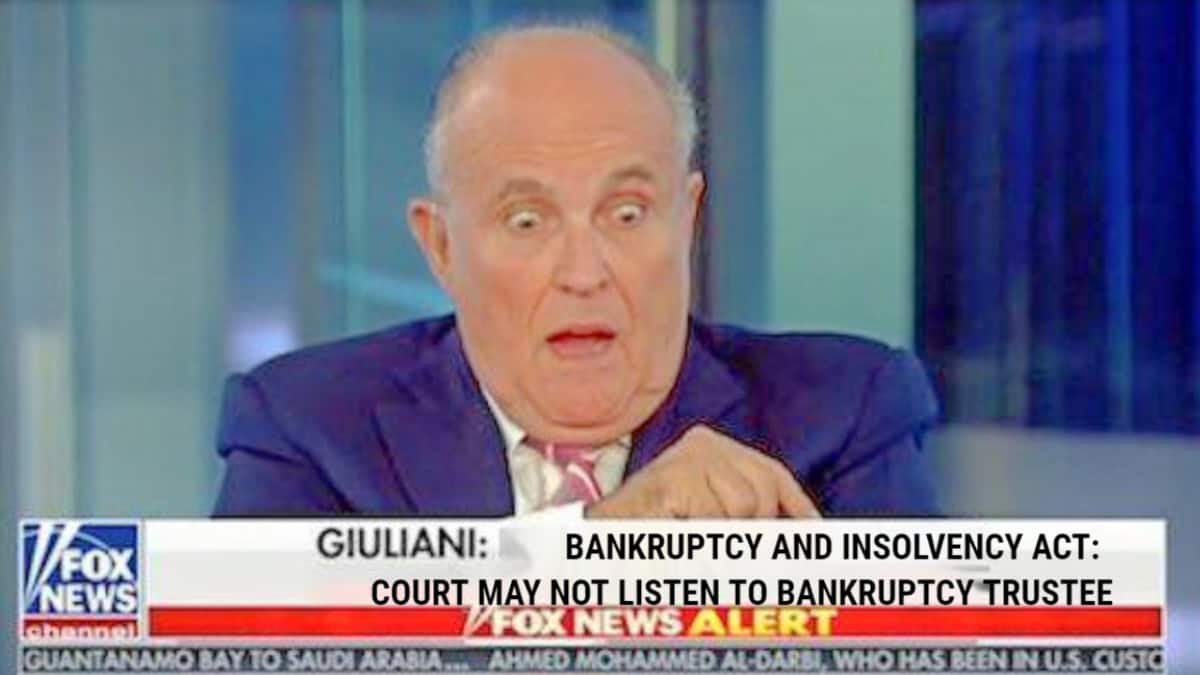Bankruptcy trustee near me: Introduction
This Brandon’s Blog is about picking a licensed insolvency trustee. As the title suggests, performing an online search for bankruptcy trustee “near me”, based solely on geography, is one way. Being around the corner is certainly convenient, but it may have no place in making a life-altering decision. This isn’t a coffee place you are looking for. If you required life-saving surgery, would you base your decision only upon which surgeon operates out of the hospital closest to your home? I don’t think so.
Bankruptcy trustee near me: Don’t fall into the debt consultant/debt settlement company trap
I am talking about people who actually hold a license issued by the Canadian Superintendent of Bankruptcy to administer the insolvency system in Canada. I am not talking about debt consultants or others who claim to be able to help you avoid bankruptcy and end debt.
There is no government licensing or supervision of debt consultants. They merely charge you for a first intake consultation, that a bankruptcy trustee would do for free. Once they have your information, you have paid them for the visit, and perhaps they have signed you up for more expensive “credit score improvement tools”, they hand you over to the licensed insolvency trustee who now will perform the actual work.
Using this type of arrangement costs you more money than you need to spend. The money you can’t afford to pay! The Superintendent of Bankruptcy is putting new controls in place over licensed insolvency trustees to stop bankruptcy trustees from allowing debt consultants to associate shoddy practices and perhaps even profit based on their relationships with licensed insolvency trustees.
Bankruptcy trustee near me: There are different types
I am not referring to good or bad when I say there are different types of bankruptcy trustees. I am talking about the type of practice they run. Generally, there are 4 groups; bankruptcy trustees who run:
- Only a personal bankruptcy practice out of one site;
- A corporate bankruptcy firm out of one or a few strategically placed locations around the greater metropolitan area of your city;
- Both a corporate and personal bankruptcy practice out of one or a limited number of locations; or
- The personal bankruptcy practice being operated out of many locations following a coffee or fast food restaurant model of being near every street corner.
So obviously you first need to recognize whether your financial issues are those for your company, you personally or both. As I said at the beginning, geography is nice, but it is not the most important criteria. One simple reason is that multi-location bankruptcy trustees do not make every office of theirs a full-time office. In contrast, you will see that they are operating out of either office for daily rent locations, a lawyer’s or accountant’s office, or the worst, a debt consultant’s office.
You cannot stretch yourself too thin over many offices. So, more often than not, even if your first free consultation is with a member of the Trustee’s staff, you may be meeting with an experienced clerk, but not the actual bankruptcy trustee.
My 5 point checklist to find a licensed insolvency trustee
Quality and professionalism.
Someone around the corner from you may not have the experience you need to solve your financial problems. To begin in selecting the very best bankruptcy trustee for you, look at the Canadian Association of Insolvency and Restructuring Professionals (CAIRP) website. Membership in this professional organization shows a Trustee committed to the industry and staying on top of all the current advancements. Also check the website of the Office of the Superintendent of Bankruptcy, to make sure the bankruptcy trustees you are thinking about are not under suspension or supervision by the regulator.
You need to be able to interact with them on lots of levels.
In the beginning, you’ll need them to be able to quickly comprehend your needs and desires and they need to offer you a realistic plan that you can follow through on. They also need to be available for you if you have issues or concerns show up. Search for their interest. Are they enthusiastic about their industry? Do you really feel the compassion they have for you? Can you form a bond with this person? This is exactly how you assess enthusiasm. An enthusiastic licensed insolvency trustee will make certain that you are offered the most effective suggestions and solutions. This type of person may not exist within walking distance of your home or workplace.
Can you agree on the same concepts?
Professional Trustees are not totally free. The price can differ based on how complicated your circumstance is. If you feel that the bankruptcy trustee is simply attempting to make money, you are less likely to trust them. Spend the time to discover those who seem to be on the same page as you for a realistic value for service. That type of licensed insolvency trustee may not be the closest drive from your home.
Bankruptcy trustee websites.
Today you can type in search terms like “bankruptcy trustee near me” and get various websites to go to. What sort of feel do you get from the website? Do they answer some of your more general questions through a bankruptcy FAQ page? Can you see pictures of people you would deal with? Do they show that they have a deep knowledge base from their blog page? You may not get the best feeling from the website of the licensed insolvency trustee whose place is closest to your home.
Meet with several Trustees.
You won’t know which one is the best fit for you until you are sitting across the table from him or her. Speak to at least two bankruptcy trustees to compare. The one you feel best about, may or may not be on the next street corner!
Bankruptcy trustee near me: The choice is up to you
Our best relationships are with our clients who were referred to us by someone they know, like or trust. If the referral source is trusted by you, we have already received the highest compliment possible. I am proud to say that we have helped family members of lawyers and accountants who know us. They felt safest referring a loved one to us. That is the best feeling in the world for everyone!
The Ira Smith Team has decades and generations of experience people and companies in financial trouble. Whether it is a consumer proposal debt settlement plan or a larger personal or corporate restructuring proposal debt settlement plan, we have the experience.
Our approach for each file is to create an end result where Starting Over, Starting Now takes place. This starts the minute you are at our front door. You’re simply one phone call away from taking the necessary steps to get back to leading a healthy, balanced hassle-free life. Call us today for your free consultation.